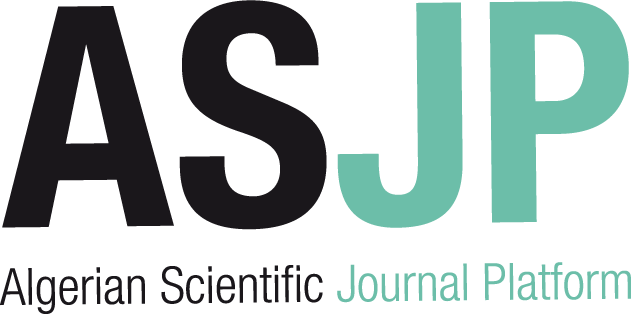The Modern Methods of Data Analysis in Social Research
Python Programming Language and its Pandas Library as an Example- a Theoretic Study
Abstract
This study aims to highlight the significance and various dimensions of utilizing the Python language in the field of social sciences. Python is widely recognized as one of the most frequently employed programming languages, primarily due to its user-friendly nature and suitability for data analysis in social research. In this study, particular emphasis is placed on the Pandas library, which holds a prominent position in data analysis for social research. The library offers robust tools for data analysis, manipulation, and the execution of mathematical and statistical operations in an efficient and accessible manner. The study has concluded that learning programming languages and using them in data analysis in social sciences has become crucial nowadays to understand, analyze and interpret the contemporary society, as well as to generate new scientific perspectives and produce knowledge that corresponds to the rapid changes in the social field.
Downloads
References
Arne, G. (2023). Python for Social Scientists. Consulté le july 2023, sur real python: https://realpython.com/python-for-social-scientists /
Avipsa, R., & Fouché, E. (2019, november 5-8). In-Database Geospatial Analytics using Python, ARIC’19.
Boullier, D. (2015). the social sciences and the traces of big data:society,opinion, or vibration? revue francaise de science politique, 65(5-6), 805-828.
Brooker, P. D. (2019). Programming with Python for social scientists. Récupéré sur sage: https://us.sagepub.com/en-us/nam/programming-with-python-for-social-scientists/book259581
Cornelia, T., Anna Laura, R., Linda, H., Nina, B., Thierbach, Anna Laura, R., & Linda, H. C. (s.d.). Spatial Analysis in the Social Sciences and Humanities. Towards Integrating Qualitative, Quantitative and Cartographic Approaches. Historical Social Research, 39(148), pp. 09-22-.
Damien, T. (2019). Doing Computational Social Science with Python: An Introduction. Consulté le July 2023, sur SSRN: https://ssrn.com/abstract=2737682
Echout, M. (2023). Automating with python: a developer's guide for 2023, phython, carrer advice. Récupéré sur https://www.learnenough.com/blog/automating-with-python
Fatima Dakalbab a, M. A. (2022). Artificial intelligence and crime prediction: A systematic literature review. Social Sciences & Humanities Open, 6(1), pp. 202-220.
JEFFREY GOTTFRIED, M. B. (2016). The 2016 Presidential Campaign – a News Event That’s Hard to Miss. Consulté le July 31, 2023, sur pew research center: https://www.pewresearch.org/journalism/2016/02/04/the-2016-presidential-campaign-a-news-event-thats-hard-to-miss/
klauws, k. (2004). content analysis : an introduction to its methodology (éd. 2). new delhi, india: sage inc, london.
mehran khan, r. a. (2019). Hotspot Analysis of Crimes Using GIS; A Case Study of District Abbottabad. Récupéré sur https://www.researchgate.net/publication/330690348_Hotspot_Analysis_of_Crimes_Using_GIS_A_Case_Study_of_District_Abbottabad
moez, A. (Éd.). (2023). NLTK Sentiment Analysis Tutorial for Beginners. Consulté le july 2023, sur datacamp: NLTK Sentiment Analysis Tutorial for Beginners
programmez. (2021). Consulté le juillet 2023, sur programmez le magazine des developpeurs,Bientôt un langage Python 2 fois plus rapide ?: https://www.programmez.com/actualites/guido-van-rossum
python-social-media-analytics. (2017). Python Social Media Analytics. Consulté le 2023, sur document.pub: https://dokumen.pub/python-social-media-analytics-9781787121485-1787121488.html
Takefuji, Y. (2021). SCORECOVID: A Python Package Index for scoring the individual policies against COVID-19. Healthcare Analytics, pp. 100-105.

This work is licensed under a Creative Commons Attribution-NonCommercial 4.0 International License.




















